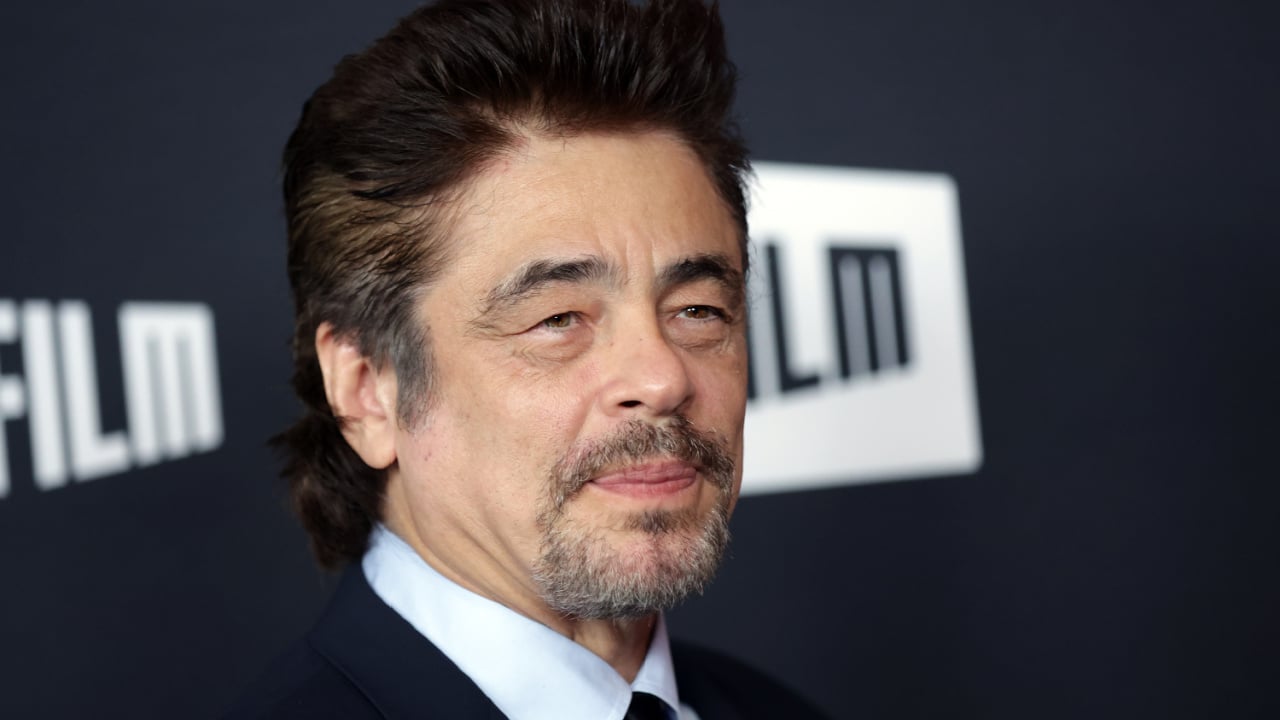Diego Luna Talks The Importance Of The Storytelling In ‘Narcos: Mexico’ And Why Mexico City Will Always Be His Home
Netflix’s “Narcos: Mexico” Season 2 comes back to continue the story of enigmatic drug lord Miguel Ángel Félix Gallardo and the subsequent rise and fall of the Guadalajara cartel he founded in the 1970s, with Diego Luna reprising his role as the mysterious Félix Gallardo.
The show depicts how Félix Gallardo’s eloquence and strategic thinking helped him attain a swift rise to the apex of the Mexican drug cartels.
For a man of which not much is widely known about, Luna reveals in this exclusive interview with mitú how he was able to dive into his character.
When preparing for this role, Luna said there wasn’t as much research material about El Padrino (Félix Gallardo’s alias) compared to the personal stories of other real-life personalities, such as El Chapo.
“The good thing for me in playing this role is this man was a very discreet person, he understood the power of discretion,” Luna says.
It was important to see what people said about him—what people say or feel when they were around this character, this perception of him helps a lot. I had to do research and see what was a common answer—people talk about how intelligent and precise and strategic he was, and that’s how I wanted to portray and build this character,” Luna told mitú over the phone.
Season 2 picks up after the murder of DEA agent Kiki Camarena, with Félix Gallardo enjoying political protection at his palatial home in Mexico.
It’s evident in the beginning scenes of this second season that his rags-to-riches story is starting to unravel and a bit of paranoia is starting to set in that he may have a knife (or gun) at his back at any moment.
A running allegory used by the characters’ dialogues of the Roman Empire’s eventual collapse and Julius Caesar’s ultimate end foreshadows what we all know will happen to Félix Gallardo—his drug empire will eventually collapse in a smoke of cocaine dust.
From crooked Mexican politicians and cops to ranch hands trying to make extra money delivering cocaine across the border, the show demonstrates the complicity among the cartels and how far the cartels’ reach.
“Narcos: Mexico” attempts to show that good and evil isn’t always black and white. The story highlights the gray area where even those committing corrupt acts are victims, Luna explained.
“Some of the characters that take action are victims of the whole system,” Luna said in Spanish.
The side of Mexico shown in “Narcos: Mexico” has been criticized by some as a side of Mexico stereotypically seen in the media.
However, Luna sees it as a side of the country that is real and must be discussed in order to move forward.
“When this season ends, I was 10 to 11 years old [at the time.] That decade was actually ending. It’s interesting to revisit that decade as an adult and research that Mexico my father was trying to hide from me [as a child],” Luna explained.
Luna says that this type of storytelling is important to understanding the fuller picture of Mexico.
The need for this type of storytelling—the stories that put a mirror up to a country to see the darkest side of itself—is vital, regardless of how complex it is to write scripts about all the facets of a country marred by political and judicial corruption.
“In this case the story is very complex, it’s talking about a corrupt system that allows these stories to happen. We don’t tell stories like that—we simply everything. With this, I had a chance to understand that complexity. The journey of this character is a presentable journey. Power has a downside, and he gets there and he thinks he’s indispensable and clearly he is not,” Luna said.
Outside of his role on “Narcos,” Luna is a vocal activist and is constantly working to put Mexico’s art and talent on an international stage through his work, vigilantly reminding his audience that Mexico has culture waiting to be explored past the resort walls of Cancún and Cabo.
“The beauty of Mexico is that there are many Mexicos—it’s a very diverse country. You have the Pacific Coast that is beautiful and vibrant and really cool. By far my favorite beach spots in Mexico are in Oaxaca, and all the region of Baja California. You also have the desert and jungle and Veracruz and you have all the Caribbean coast and the city is to me a place I can’t really escape. Home is Mexico City, and it will always be where most of my love stories are and where I belong,” Luna said in a sort of love note aside to his home country.
As much as Luna can talk endlessly about his favorite tacos in Mexico City (Tacos El Güero for any inquiring minds) and the gastronomic wonders of its pocket neighborhoods such as la Condesa, he also wants the dialogue around Mexico’s violence to be shown under a spotlight, as searing as it may be.
“We can’t avoid talking about violence because if we stop, we normalize something that has to change,” Luna said.
Perhaps “Narcos: Mexico” can bring some introspection and change after all. Let’s hope the politicians are watching.



